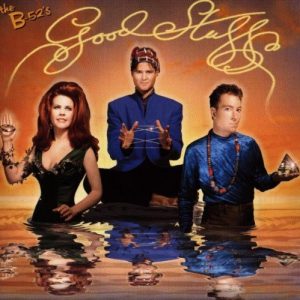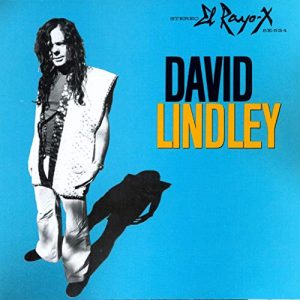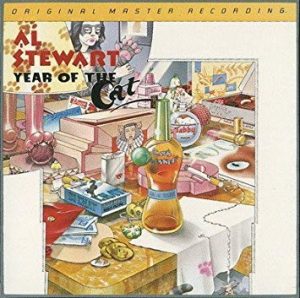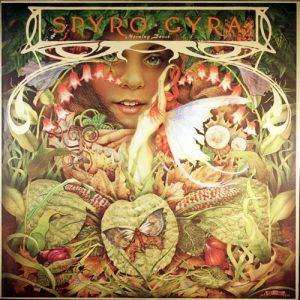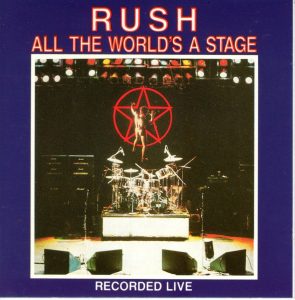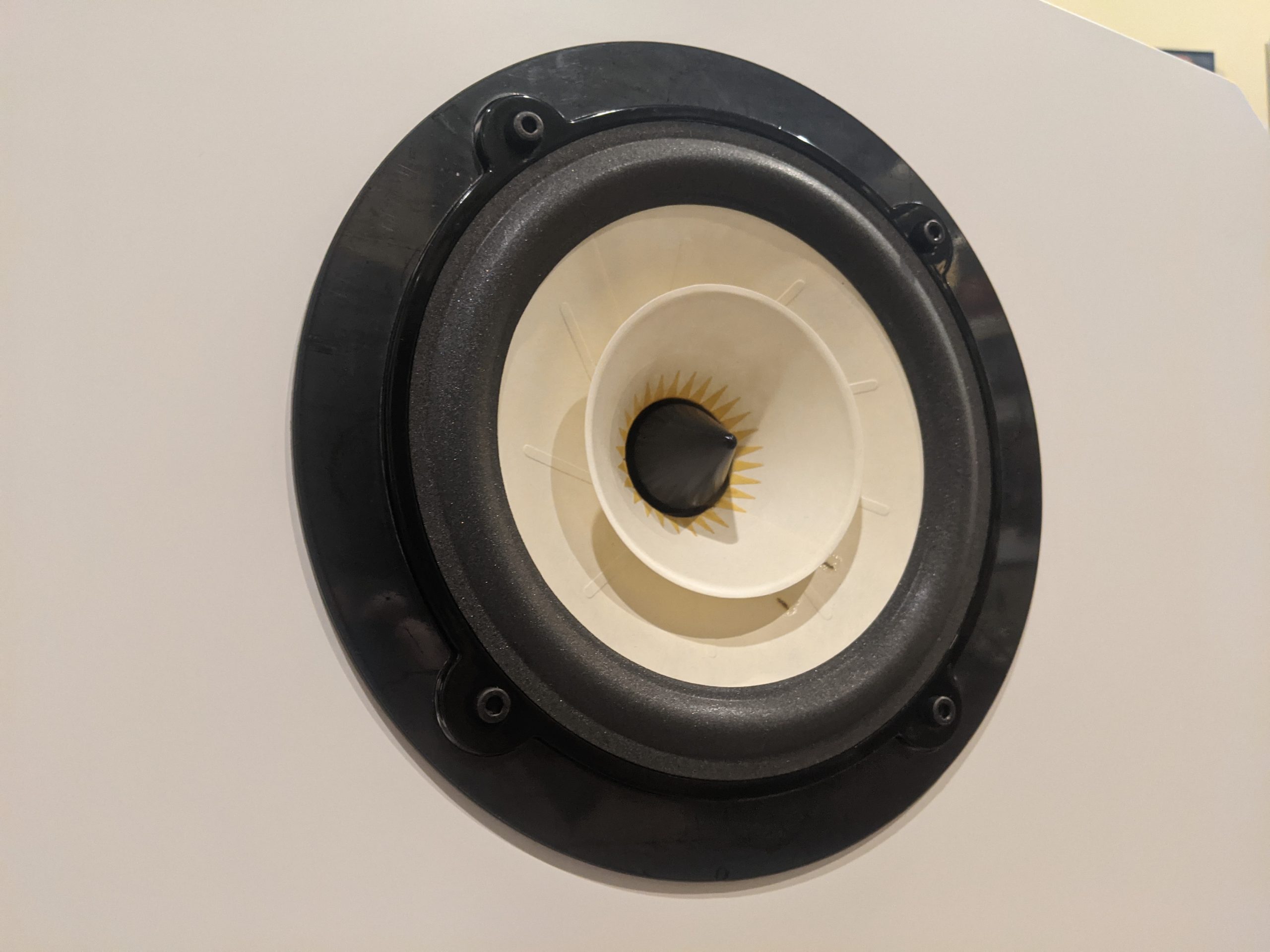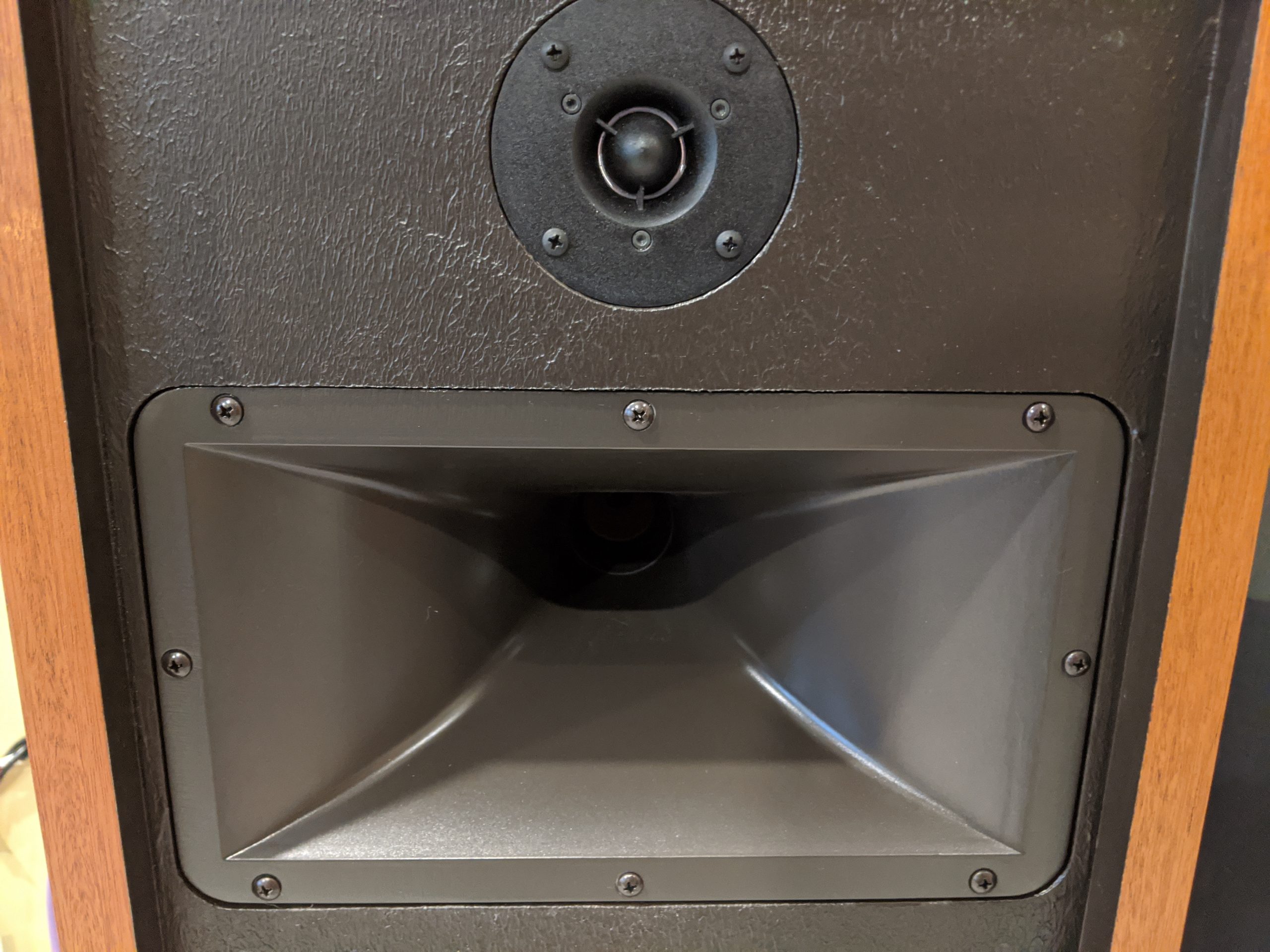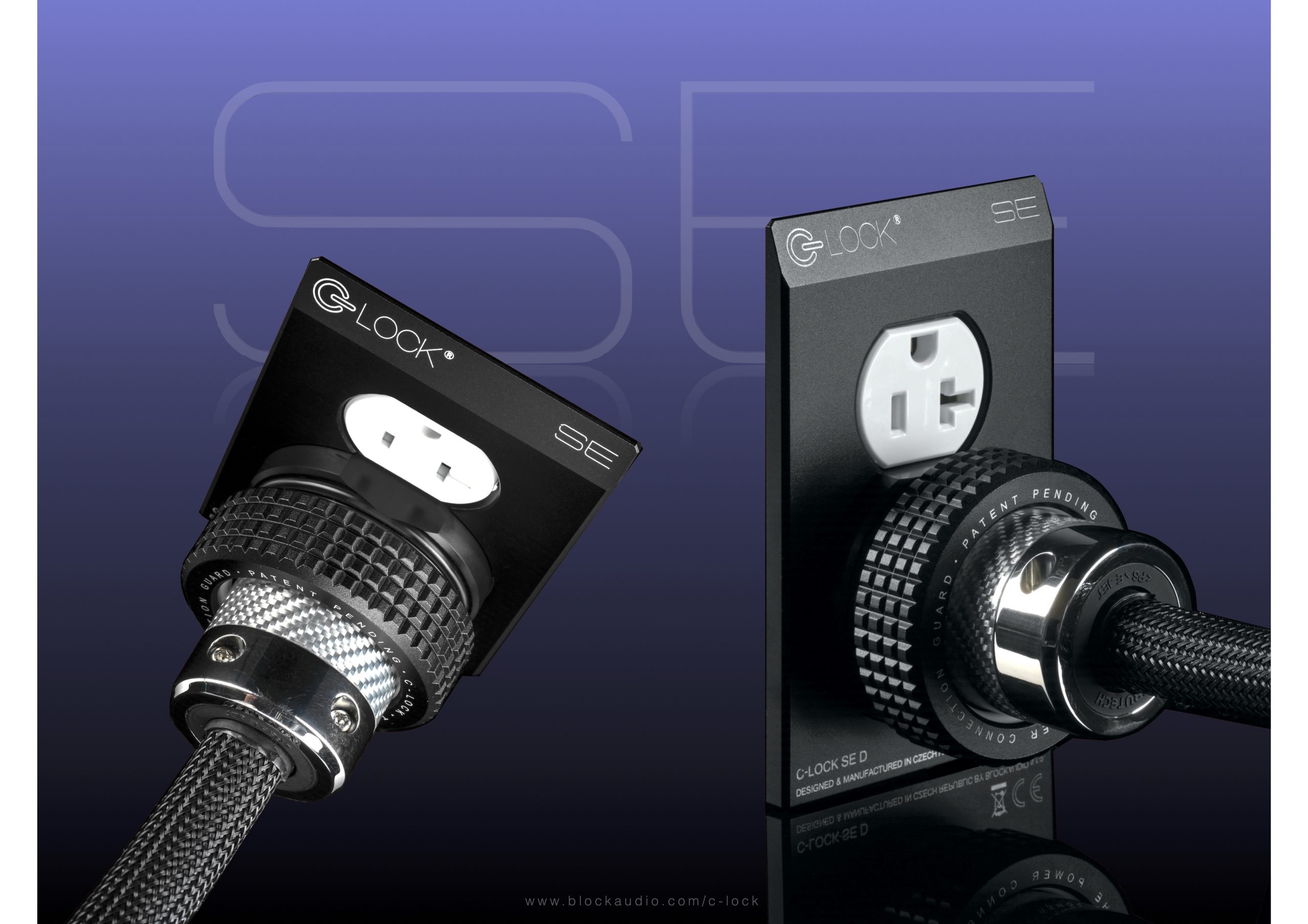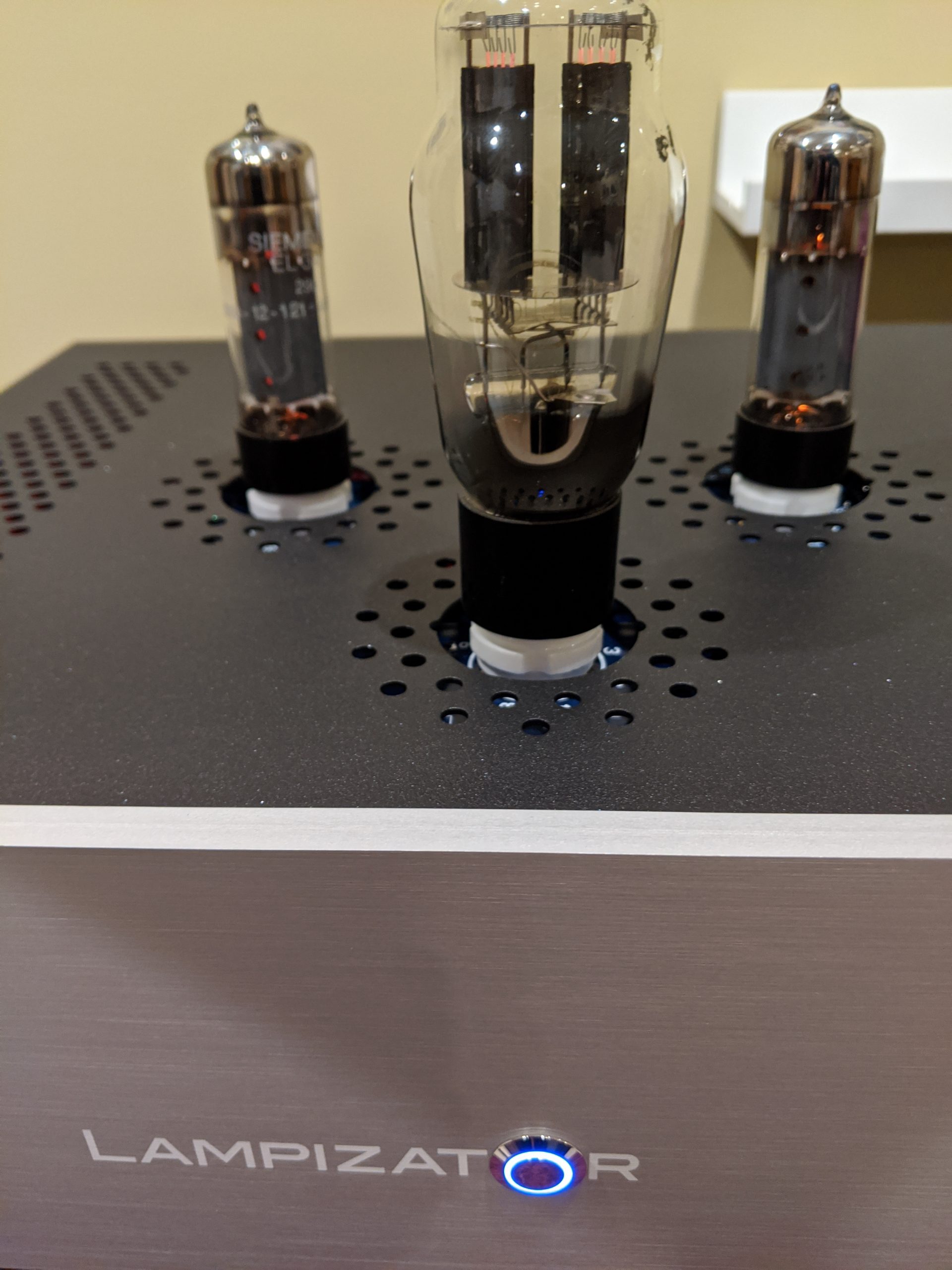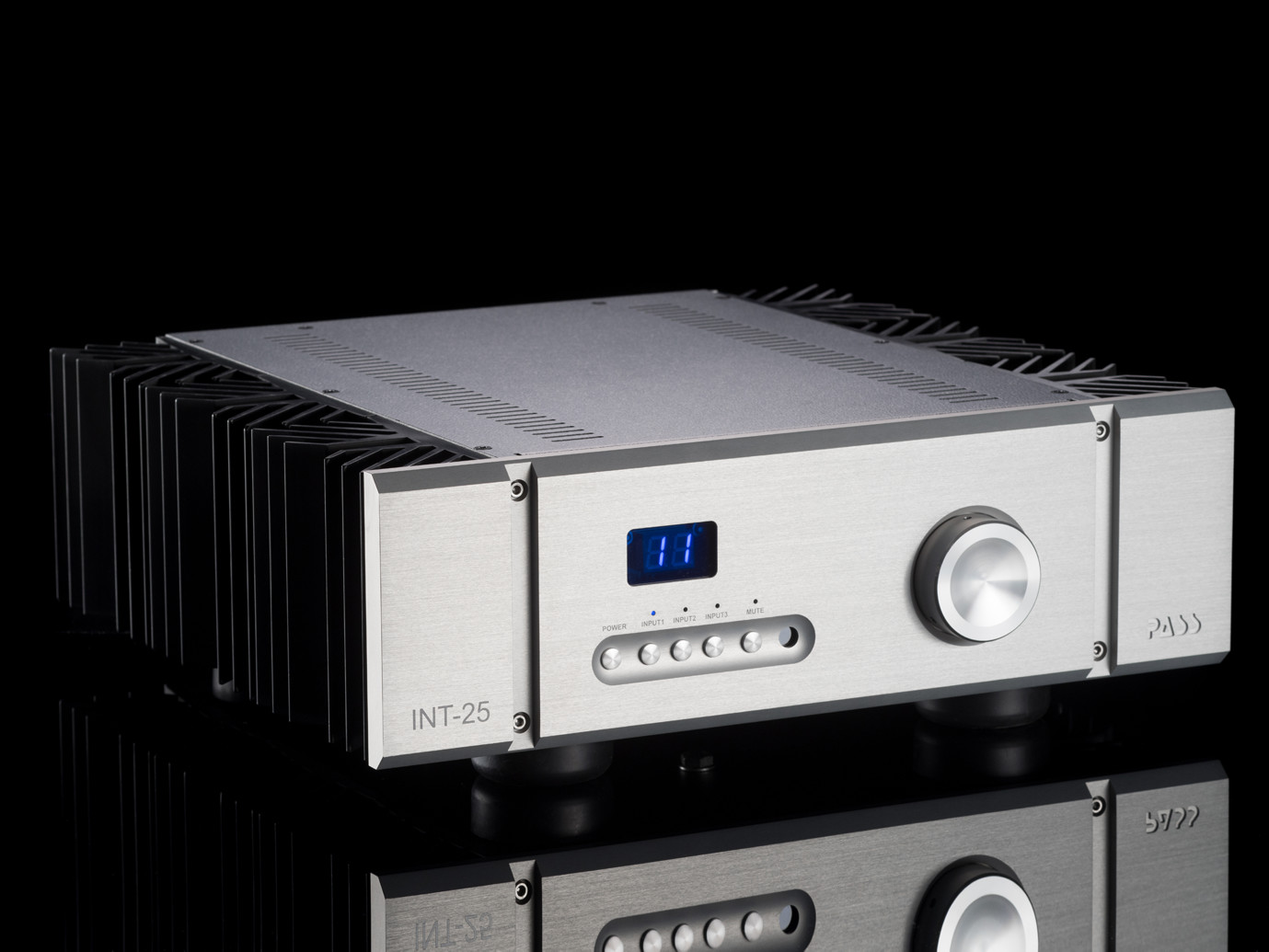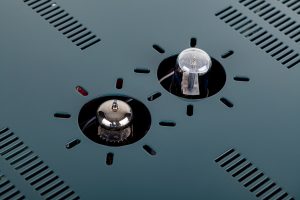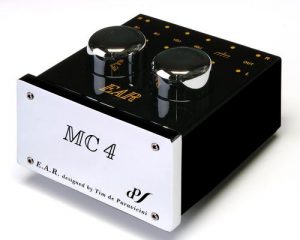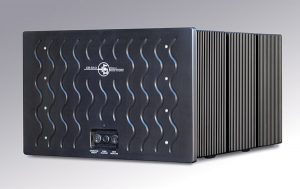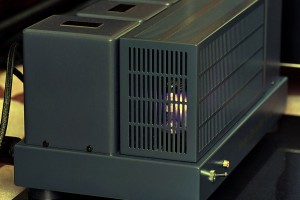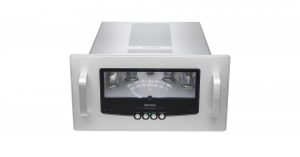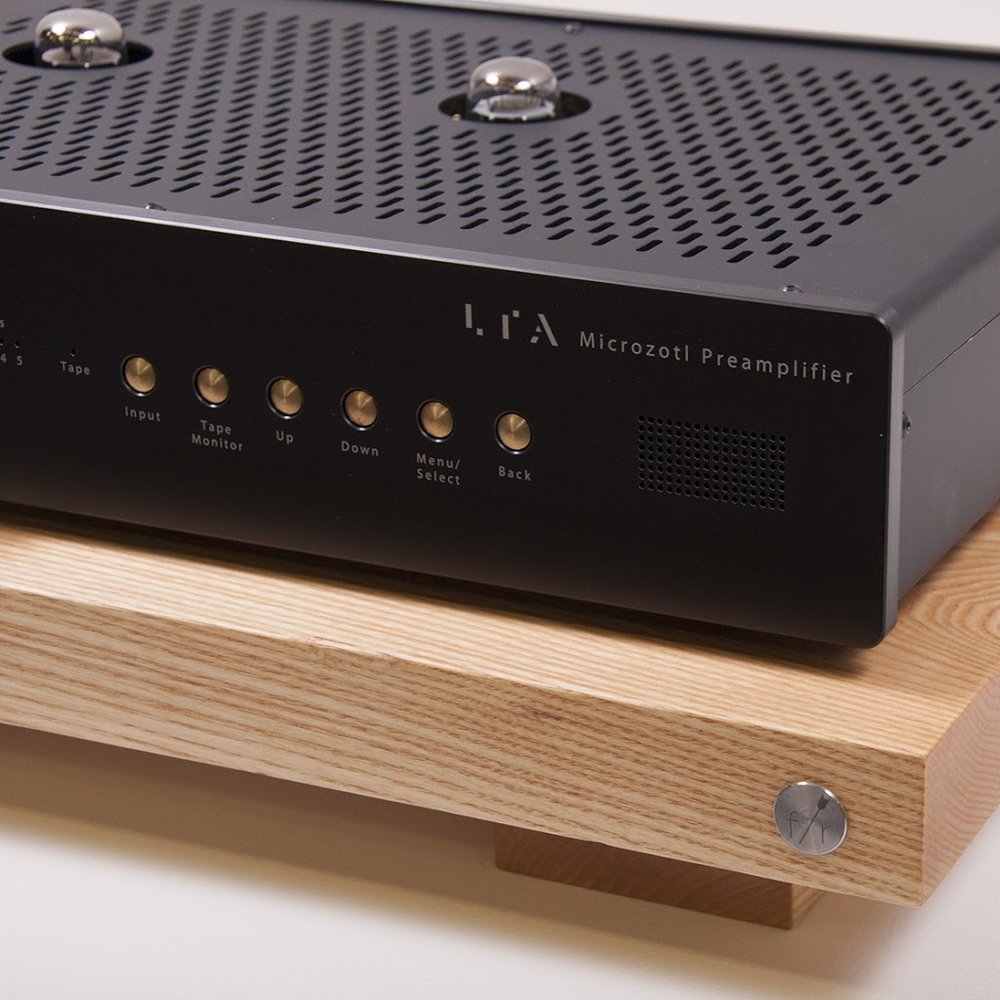
Prologue: A Berning Desire
Many years ago, I purchased a boxy little bespoke headphone amp for my Sennheiser HD600's called a MicroZOTL. Built by a mysterious mid-Atlantic, not-so-mad audio scientist by the name of David Berning, the MicroZOTL was a mighty tiny wonder. I loved it so much I had physicist / audio manufacturer Berning build me his ZH270 integrated amplifier. It was a great amp. Mr. Berning's creations are aural artworks to be treasured, but sadly, those were early days in my own high-end audio journey when I was continually choosing to try different paths, and I eventually sold both amps to lucky audiophiles. Stupid? Perhaps.
David Berning still builds ne plus ultra audio gear. But for audiophiles who find that gear financially unobtainable, manufacturing of his more affordable designs continues...
Enter Linear Tube Audio
Takoma Park, Maryland, 2015: After a medical issue ended a long career in electronic product design, Mark Schneider formed Linear Tube Audio (LTA) to pursue his life-long passion of high-end audio. Recognizing the challenge, and opportunity of producing David Berning's uniquely complex ZOTL designs, Mr. Schneider started LTA expressly to build Berning's products. Mr. Berning, and Mr. Schneider, worked together to bring these new LTA products to fruition. LTA isn't just building a parts-list schematic product, they've fully tweaked each circuit design using top-shelf parts, circuit boards, and shortest signal paths, all placed in beautiful Fern & Roby enclosures. LTA hand builds each component in Takoma Park with the same attention to detail that David Berning proudly builds into his own audio gear.
David Berning's ZOTL Circuit: The general goal of the Zero Hysteresis Output Transformer-less circuit is to eliminate the output transformer, and by doing so, remove its sonic limitations. The ZOTL circuit does this differently than Julius Futterman's Output Transformer-Less (OTL) design. Rather than paraphrase the description of why Mr. Berning's patented ZOTL circuit is uniquely special, go to the LTA website link HERE where his design is explained more fully.
AXPONA 2019: LTA gear was in a couple of rooms. Fern & Roby's room featured LTA gear driving their new Raven single driver speakers, and the Daedalus Audio room found Apollo loudspeakers being driven by a Microzotl preamp and LTA Ultralinear amplifiers. Both rooms sounded wonderful. Since I was about to review Lou Hinkley's Daedalus Muse Studio speakers (HERE), he suggested I try the LTA preamp to drive my Pass Labs XA 30.8. Linear Tube Audio graciously sent me a Microzotl Preamp, but not only that, they also sent their ZOTL40 Reference tube amplifier. Lou was right; the Microzotl preamp (and ZOTL40 Reference) sounded terrific with the Muse Studios. After the Daedalus review was complete, I put my Von Schweikert VR-35 Deluxe back in the listening room for yet another sonic viewpoint.
It has been a rewarding few months of listening in the Tune Saloon!
Evaluating The Good Stuff
A fave new wave, The B52s (would probably) love LTA's dang good stuff! Here it 'tis!
The ZOTL40 Reference Tube Amplifier
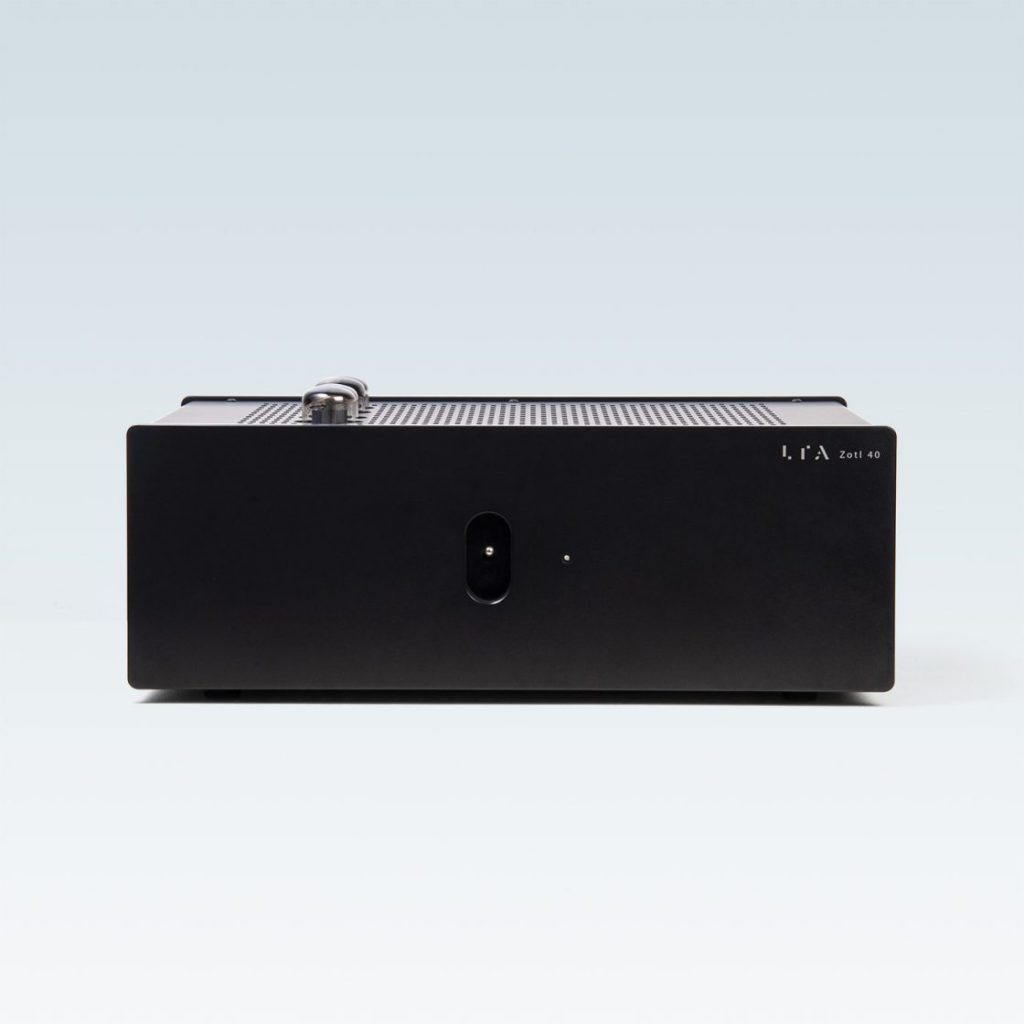
The ZOTL40 Reference is a finely nuanced, single-ended power amp. Dressed smartly in a black aluminum Fern & Roby chassis, it's ZOTL push-pull Class AB circuit topology provides 46 powerful watts from four EL-34 power tubes at 8 ohms. Plenty of zip to drive reasonably efficient speakers to very loud—or shimmeringly soft—volume levels. The ZOTL40 Reference (Z40 for simplicity) manages to tip-toe the line between a classic tube sound, and a modern, solid-state A/B amplifier; and does so while being dead silent. Yep, you read that correctly. Silent. At least from the listening seat. (I never felt the urge to put my ear up to the cone.) And the amp is amazingly lightweight due to the elimination of the normal big-arse tube output transformers. Wonderful for old guys like me who insist on moving equipment every couple of days! And did I mention quiet? The Z40 is the quietest tube amp I've ever had the pleasure to use, and I've owned, and used a lot of 'em. There is but one little fractional second of zuuuppp at turn-on as the tubes warm up, then zippo. No tube rush, hum, or crackling, even at idle.
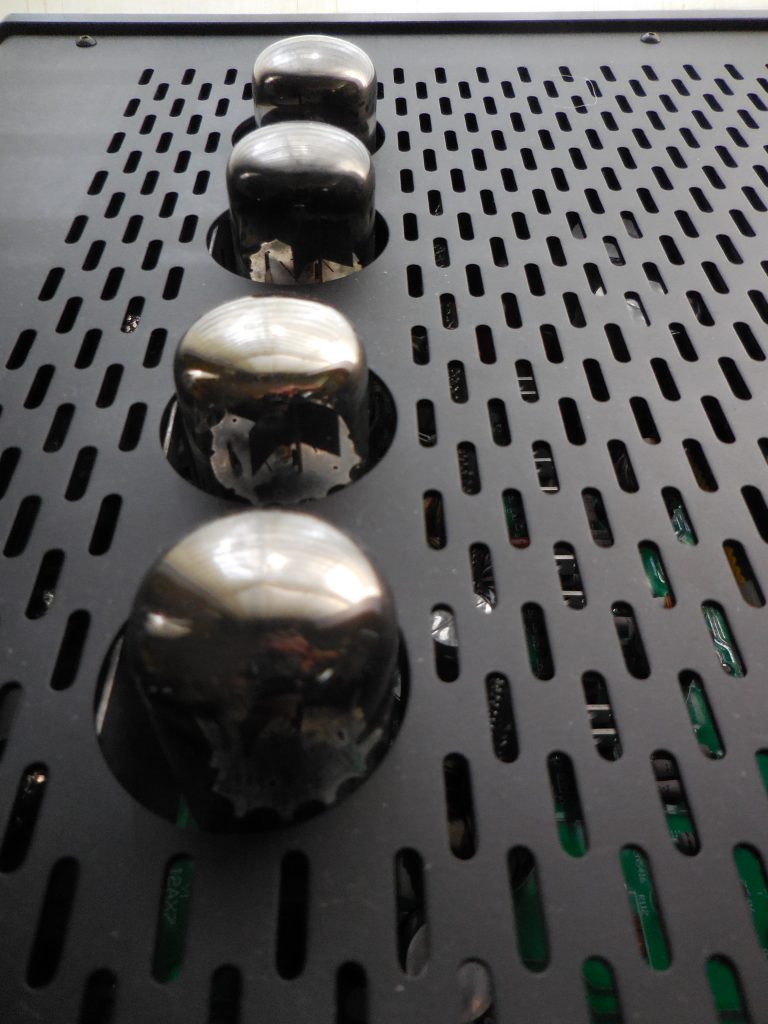
ZOTL40 Reference Tube Amplifier Specifications per LTA website:
- Sensitivity: 1.2V provides full output
- Output impedance: 1.6 ohms
- Input impedance: 50k
- 100V / 120V / 240V operation: Auto-switching
- Hum and noise: 94dB below full output (measured between 8Hz-60kHz +0/-0.5dB)
- Power output with 4-ohm load: up to 51W, 0.5% THD
- Power output with 8-ohm load: up to 46W, 0.5% THD
- Frequency response (8-ohm load): 8Hz to 50kHz, +0, -.5dB
- Amplifier class: Push-pull Class AB
- Net weight: 15 lbs
- Finish: Aluminum case
- Tube complement: two 12AX7s, two 12AU7s, & four Mullard NOS EL-34s
- Push-pull, Class AB output stage
- No adjustments – tubes are auto-biased
Amp and No Sand
The ZOTL40 Reference is an unbalanced tube amplifier, with a single pair of Cardas RCA input jacks, an IEC power inlet, a Stereo/Mono switch, and left/right sets of WBT speaker vibration damping terminals on the rear.
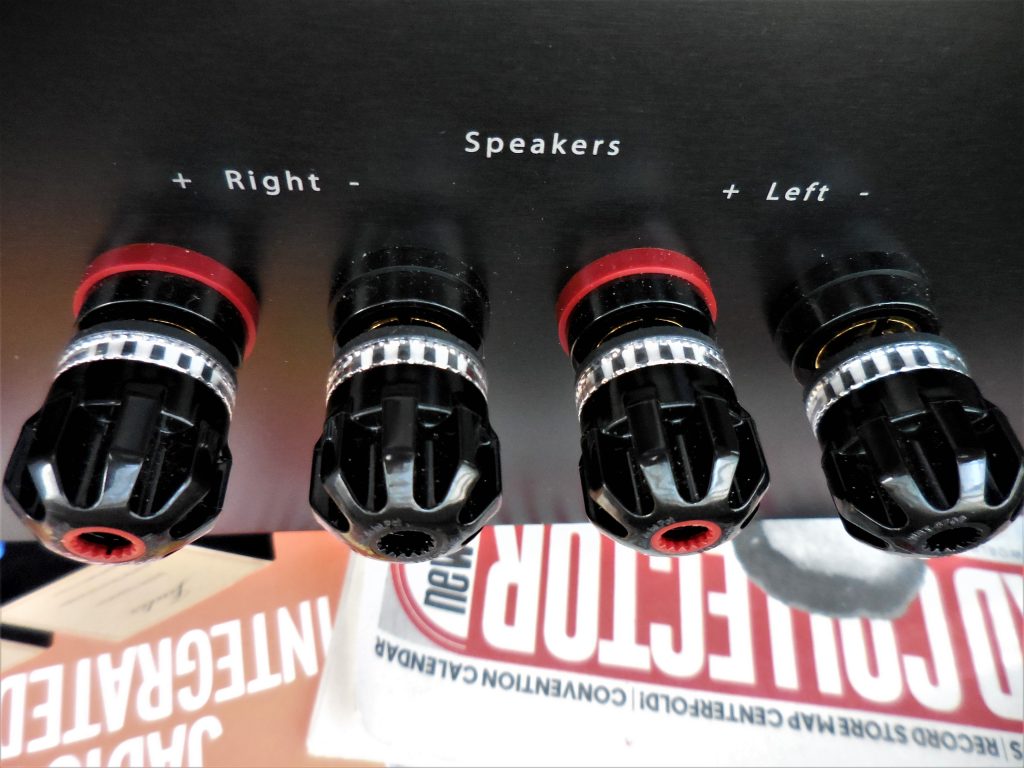
The front is spartan, with but a single recessed power switch, and white power LED in a sea of stately black. The amp uses two 12AX7 tubes for input, two 12AU7 tubes for drivers, and four Mullard EL-34 tubes in a push-pull configuration for a Class AB stereo output stage. One of the many unique features of LTA/David Berning designs, is the extremely long life of the power tubes. The circuit is easy on them, and LTA expects the tubes to last as long as 10,000-20,000 hours of use. That is an effective justification for equipping the amp with costly Mullards; certainly some of the most sought-after, and arguably best-sounding, NOS EL-34 tubes in the world. One thing I appreciated about this design, while a bit of warm up made did make a sonic difference, the Z40 did not require a lot of time to sound its best.
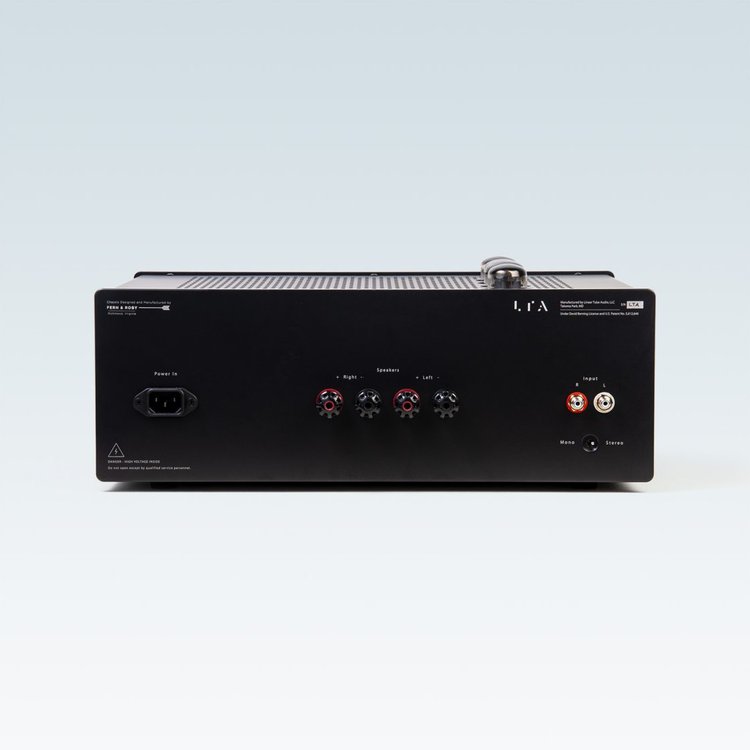
It seems that most of the EL-34 amps I've listened to have had a pleasing note of warmth, and were intoxicatingly good at reproducing the midrange of music. The Z40 exhibits the same midrange mastery, while having exceptionally wide frequency response, and a neutral-naturalness that I do not remember from other EL-34 amps I've heard. Rather than coating the signal in saccharin, the Z40 manages a rich colorful midrange, and beautiful tonal texture, while still being highly transparent. The LTA amp goes about its business of powering loudspeakers with great musical integrity, and a welcoming, open sound signature.
The ever-changing David Lindley. El Rayo X sounded quirky, smart, and lovable!
I found the amp's sonic slant to be changeable, and decidedly affected by what is driving it. Sometimes it's a big mid-hall sound, other times up-close, and personal. Staging is layered, dimensional, and expressive; with a noticeable ability to render a sonic presentation of venue / studio space. Bass is tangible, tonally accomplished, and powerfully deep. Treble is very good, with a complete lack of grit or glare. Midrange is delightfully musical, and realistic. Tone is uniformly excellent throughout the frequency spectrum. This amp plays any type of music with an unconstrained ease, and can be listened to for hours on end without fatigue. While the convincing three dimensional staging, and densely rendered imaging are fabulous, in my opinion, it is its flowing musicality that is the Z40's true star-turn.
The Z40's 46-watts per channel is powerful enough to drive my Von Schweikert VR-35 Deluxe to very loud levels, however, it also excelled driving the slightly more efficient Daedalus Audio Muse Studio. In fact, the relaxed nature of the Z40 was the perfect foil to the high-energy resolution of the Daedalus loudspeakers.
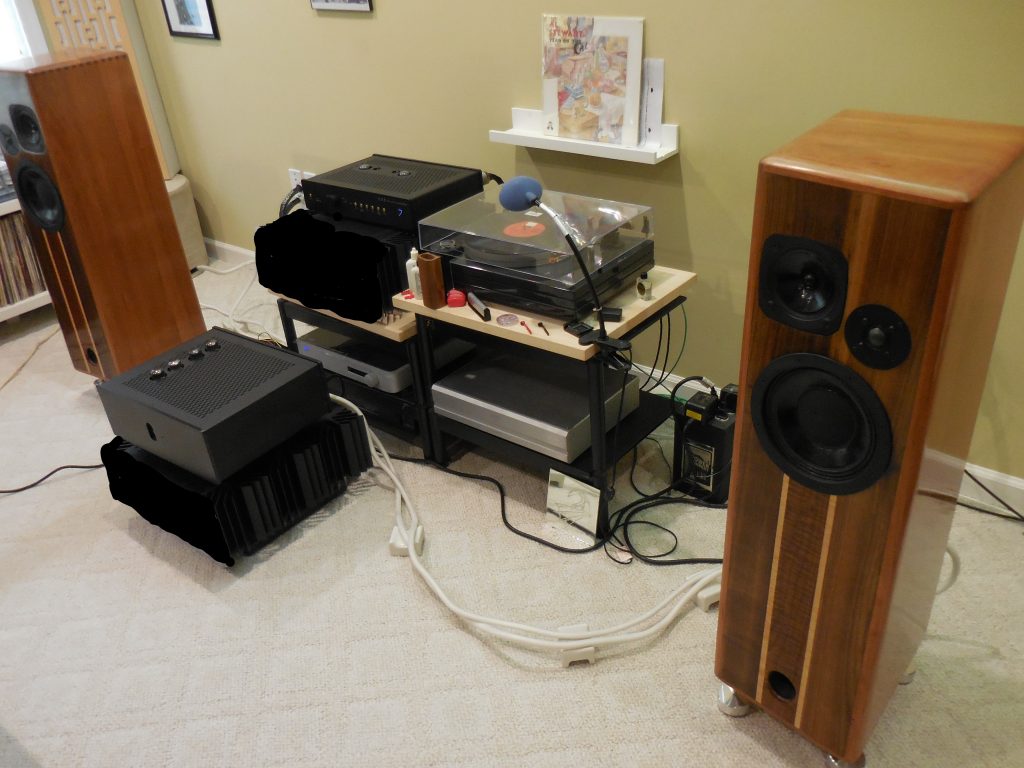
For the majority of this review, I drove the ZOTL40 Reference with its stable-mate, the Microzotl Preamp. Obviously, these brothers in musical reproduction are simpatico. For a different take, I inserted my DIY "Slagleformer" passive linestage. Dave Slagle's autoformers are extremely neutral, and indeed, when I played my first record, Al Stewart's Year of the Cat (Meowwwww)...
...I noted my experience to be similar to that of the Z40 driven by the MZ preamp, with a couple of notable exceptions. Dynamics were more constricted, and the stage somewhat smaller. I continued my listening with Spyro Gyra's Morning Dance.
Clarity of this well recorded LP was excellent. Mids were the star, but treble and bass were also particularly good. Jay Beckenstein's soprano sax soared with a lovely burnished quality, and Dave Samuels' vibraphone, and marimba work sounded incredible. Every aspect of the recording was wonderfully musical. With the passive in the line, the ZOTL40 Reference's extremely quiet noise floor was even more obvious. There was space between the notes, and the level of transparency was greater than with the LTA preamp. Impressive yes, but in all honesty, I missed the active stage of the Microzotl.
From the Slagle, I switched to driving the Z40 from the linestage output of a Pass INT 60 integrated. Resolution was very high, and dynamic contrast ticked up a couple levels from the passive Slagle. While I didn't listen all that long with the Pass, music was very enjoyable, with enough variation from the other two linestages that I knew I was hearing something somehow different. I guess the bottom line is, any appropriately matched preamp / linestage should work very well with the ZOTL40 Reference.
The Z40 is a component that fits perfectly into my "chameleon" component category. Every time I thought I had pegged its sonic puzzle into a perfect pigeon-hole, the shape of its pieces changed. Other than to say the Z40 is a music-maker that drew me into every recording, I could never quite pick a set of audiophile rules that fit every instance of listening. But since my job here is to give you that sense of performance, I would say my overall nuts and bolts impression of the ZOTL40 Ref is one of excellent fidelity, and impressively balanced presentation. I found the Z40 to be an artful amplifier that chooses music over obvious audiophile pyrotechnics. It seemed to tap into the Mullard's vintage tube heritage, while still showing off the sonic chops, and musical honesty of a modern vacuum tube design of the highest order. The ZOTL 40 Reference Tube Amplifier would be a solid choice as a foundation piece of a two-channel music system.
The MicroZOTL Preamplifier
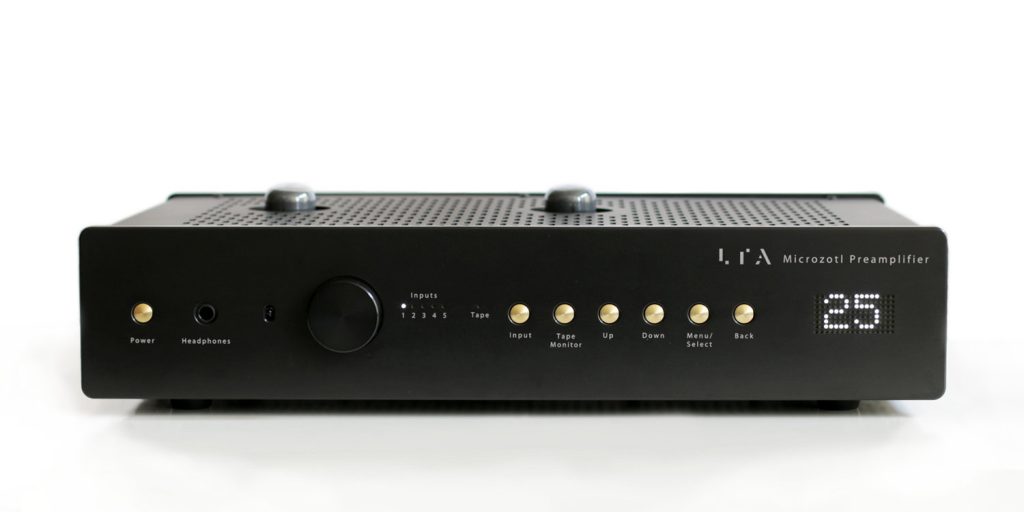
The Microzotl (MZ for simplicity) Preamplifier is something of a wolf in sheep's clothing. It too, is contained within a beautiful Fern & Roby casing.

Residing within this sleek black aluminum housing is a linear power supply coupled to an all Class A, no-feedback, tube preamp circuit that kicks sheep's butt. Operated by a highly engineered, yet simple to use digital control system, it is a complex preamp, in an uncomplicated skin. The 12AT7 input tube is a classic choice, and while you may not know it by the designation, so is the 12SN7 (a 12v version of the vaunted 6SN7). These tubes give the MZ great tone, and harmonic structure.
Remotely speaking
The Microzotl preamp is the third audio component I've reviewed that uses the Apple Remote. It is an excellent choice: It is lightweight, and fits the hand well. The buttons are intuitive, and easily memorized. I really like it a lot. With a little study you can control every menu setting, and control option except power on/off. All in all, it is a very nice use of an available technology. Kudos LTA.
The front of the preamp features a relay-based rotary volume control knob, a ¼" headphone jack, and a row of very cool brass touch buttons that operate the unit. The volume control has a luxurious feel, and each of the 100 step relays click reassuringly while spinning the dial. The simple white LED display has a contemporary, yet curiously retro look to it. Even the double XX signifying the unit is in Mute mode, has a rat-pack cool vibe about it.
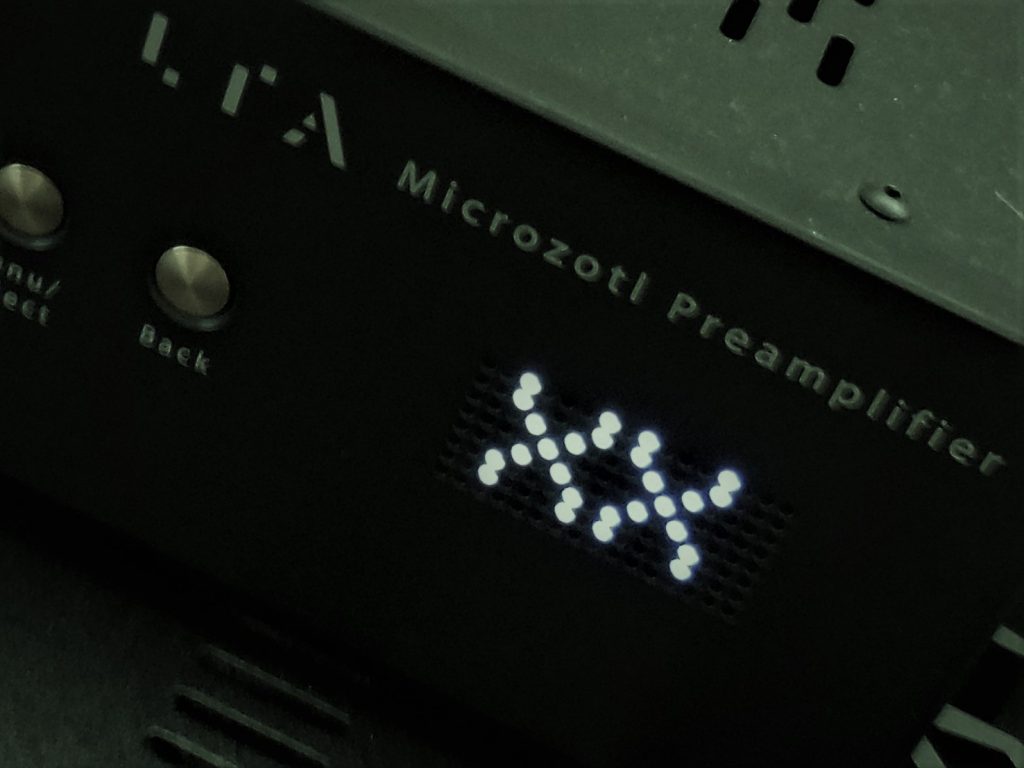
The rear is nicely laid out, with all five inputs (4-RCA, 1-XLR unbalanced), a tape monitor output, and the two sets of outputs are easy to access. In addition to the ins and outs, there is an IEC power inlet with integral switch. Turn the switch on, a few LEDs light inside the casing, indicating the Microzotl is in standby.
A light touch of the power button on the front, and the display indicates the MZ is in warm up mode. In a few seconds, the display shows the volume level of the input that is currently active. Each input's individual volume level is remembered by the control system; even after the unit is turned off with the front power button (in standby).
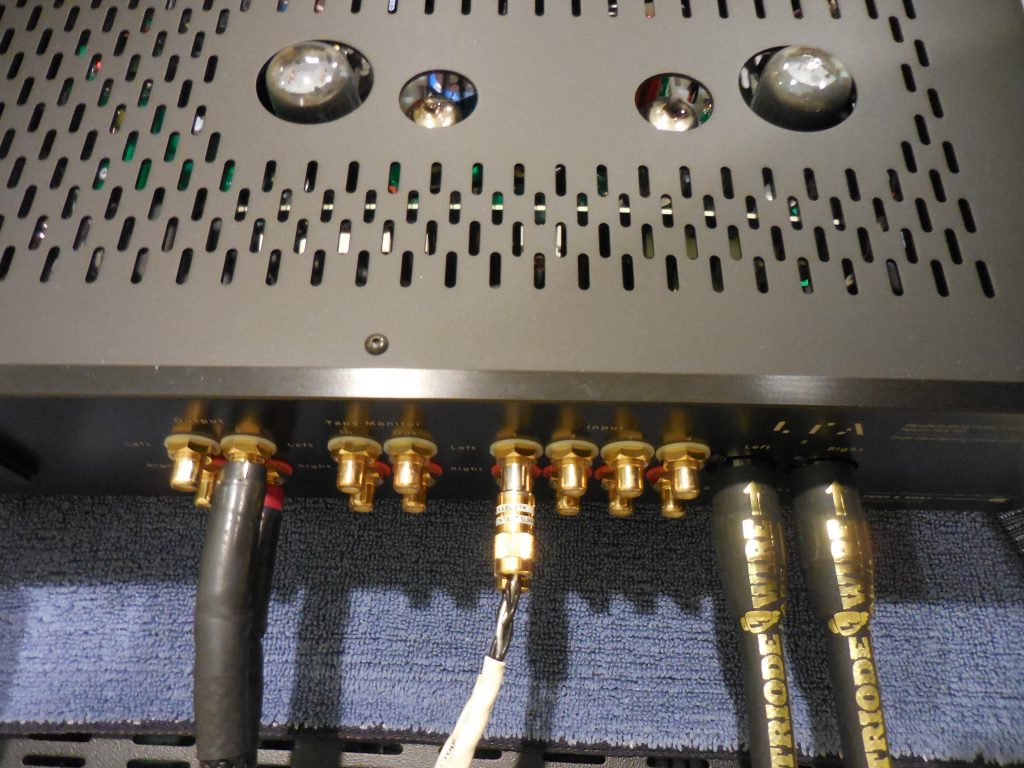
Above shows the single XLR input (right hand side) on the rear of the MZ. A true balanced input option ($300) is available using Lundahl tranformers.
The list of operational options is exhausting, so I've taken the liberty to recount them below from the information contained on the LTA website. It is a more complete description of the Microzotl preamp operational capabilities. That said, here are a few of my favorite choices: I love that the last volume level is remembered. I also love being able to adjust the display dim up to 16 levels! Balance control is a nice, very useful, touch. A simple menu button press resets the control system back to the default settings.
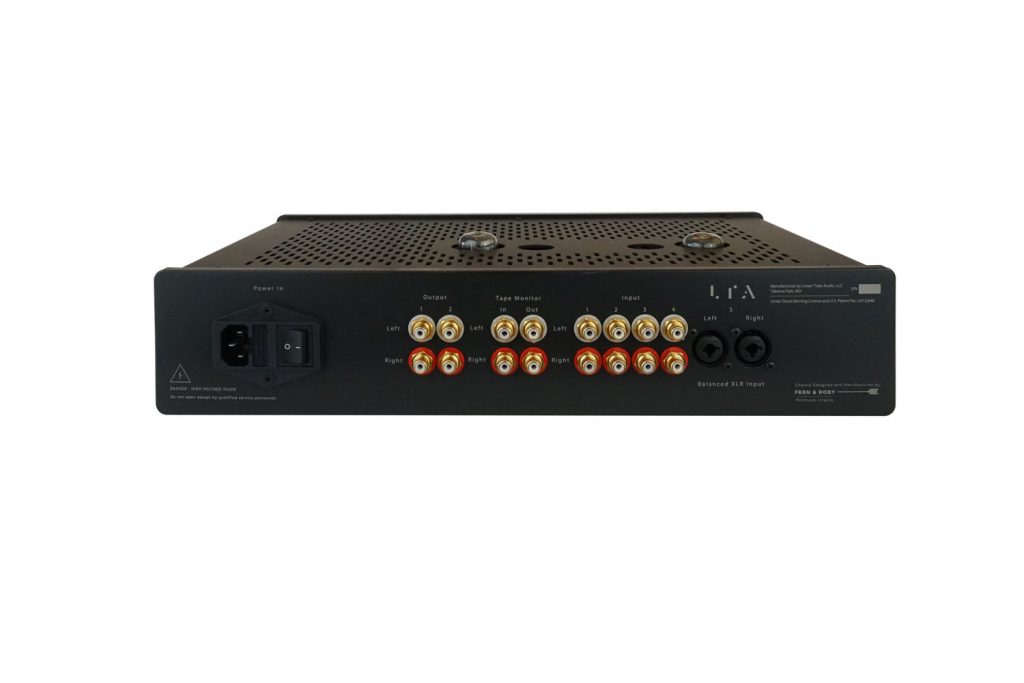
Microzotl Preamp Abbreviated Specifications per LTA website: (For more complete information, see the User Guide available HERE.)
- Inputs: 4 Stereo RCA single ended inputs using high quality Cardas connectors and 1 XLR unbalanced single ended input. Sealed, silver contact relays utilized in a short signal path. One additional tape input.
- Outputs: Headphone ¼" phone jack, dual Cardas RCA single ended preamplifier outputs, and a tape monitor output utilizing Cardas RCAs (input level before volume control).
- Amplifier class: Push-pull Class A, no feedback.
- Sensitivity: 0.6V RMS [full output.]
- Output impedance: (measured @ 0.5A, 60 Hz) 2 ohms for headphone outputs, 50 ohms for preamplifier outputs.
- Input impedance: 50k
- Volume Control: Stepped attenuator constructed of 1025 steps of 50 ohms, with 100 positions selected to provide very fine resolution at the lowest volumes, and a logarithmic control for higher volumes . Low noise, precision 1% Vishay Dale resistors and hermetically sealed silver contact relays are used for precise, isolated analog signal attenuation.
- Balance Control: 100% channel isolation using stored differences of volume values. Maximum balance differential is 16 steps.
- Power Supply: Linear supply user-switchable between 110/120 and 220/240 (100V linear supply available for Japan). Uses dual banks of organic poly ultra low ESR capacitors (4 times MZ2) and premium Nichicon electrolytic for over 100Kuf of output choke isolated storage. Oversize transformer secured with aluminum and brass mountings (no steel). Regulation is performed using low noise Belleson super regulators. Current transformer controls output protection circuit.
- Hum and noise: minimum 60mV RMS or 90dB below full output (20Hz-20kHz).
- Power consumption from ac power source: approx. 50W.
- Power output: with 4-ohm load: 1W, 1% THD, with 14-ohm load: 0.5W, 1% THD.
- Channel separation: (4-ohm loads) 46dB, 100Hz-10kHz, (14-ohm loads): 54 dB, 100Hz-10kHz.
- Frequency response full power: (4-ohm load) +0, -1dB 10Hz-20kHz, (14-ohm load): +0, -1dB 5Hz-50kHz.
- Voltage gain: (4-ohm load): 10.3dB, (14-ohm load): 12.4dB.
- Front Panel Control: Functions include volume, input select, headphone / speaker output select, all configuration menu selections, and amplifier power on-off. Capacitive brass touch buttons are utilized for menu control, input selection, tape monitor control and power on-off.
- Remote Control: All functions, including mute and the configuration menu, are available from the remote, except power on-off. Uses an Apple TV remote. The remote is registered to unit to limit control from unintended remotes. The right-left buttons can be configured as balance controls.
- Auto-save Features: Volume level per input is automatically saved and the unit powers on using the stored volume levels. Balance and all other configuration menu selections are saved as a global level across all inputs.
- Display Controls: 16 levels of brightness and on-off selectable 7 second timeout.
- Home Theater Mode: an input can be selected from configuration menu to set one of the inputs to a high-volume level fixed input to allow surround sound device control the volume level.
- Front Panel Power Switch Override: power switch on front panel can be configured to be set to always on to allow external on-off control for device such as remote-controlled power conditioner.
- Tube complement: 2 premium hand selected 12AT7 input tubes, and two premium hand selected 12SN7 output tubes. (6SN7s can be used with jumper settings) 12AU7s are often substituted for the 12AT7s to lower the gain if higher headphone output is not required.
- Size: 17 inches (43.2 cm) wide, 4.2 inches (10.7 cm) tall, 12.4 inches (31.5 cm) deep (including knob and connectors).
- Net weight: 14 lbs. (6.35 kg.) Shipping weight: 22 lbs. (10 kg).
The Sound of Music
The Microzotl is a really good preamp. It is an open window of transparency; with fast transient performance, excellent drive, and a high level of dynamic swing. It has a quiet black background, lacks obvious coloration, and is coherent to the point of being dang near unflappable.
The MZ's Vishay Dale resistor stepped volume control is excellent. Noiseless, and transparent. Its taper is well set to give good control at the low end of the volume spectrum; and as such, the MZ excels at both high volume, and low volume listening.
Yeah, it's a really, really good preamp.
Perhaps, amazingly so, I find the MZ leaning only a few tube filaments (slightly) to the warm side of neutral. It is a bold sound, quite adept at reproducing the natural timbre of instruments, and voices with a nice note of harmonic texture. This was most obvious when driving the clean neutrality of my Pass XA30.8.
Although the MZ uses tube circuitry, I do not hear a pronounced tube contribution. In fact, in my time with the MZ, I never once considered tube rolling. Its sound is the sound. No salt added. No pepper needed. And because the MZ passed the signal without noticeable alteration, it allowed each amp to speak for itself. When coupled to the ZOTL40 Ref amp, there was a marginally warmer sound signature than with the solid-state amps I have on hand. And while the Microzotl showed off the Z40 amp's glorious tone, and three dimensional qualities, it also showcased the Pass 30.8's huge stage, and powerful grip, and the First Watt F7's fine inner-resolution. The Microzotl can even swing enough voltage to push my DIY impedance converting amp—a version of a Firstwatt F4.
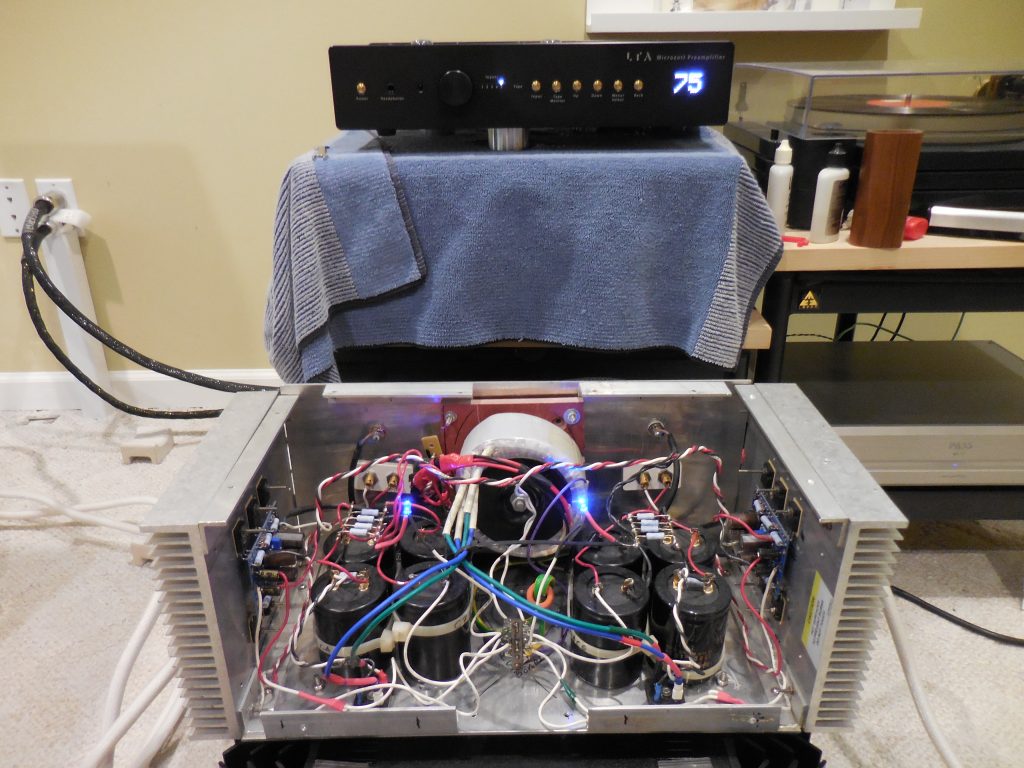
Above: The infamous Fugly F4 (my First Watt F4 semi-clone), pumping the jams at 75 clicks...The Microzotl can push the F4 to satisfying (albeit modest) volume levels. I do not recommend anyone building an F4 to look like this one; but it sounds fantastic driven by the Microzotl!
Not Just A Company Man
I've lived with the Pass XA 30.8 for a number of years now, and I can say with all honesty, that when driven by the MZ, it sounded better than I've ever heard it. Staging is cavernous, with a high degree of detail, and resolution. The MZ drives the Pass' fast transients, bottomless bass, and soaring treble with impeccable musicality.
Rush's live version of "Working Man/Finding My Way" from 1976's All the World's a Stage was a rock and roll triumph when turned up really loud through the Microzotl Preamp and Pass XA 30.8!
A note about the Microzotl's headphone amp: This is the same headphone circuit that is used in the LTA MZ3 headphone amp, so it stands to reason it should sound very good, and be able to drive a variety of headphones. That said, I no longer spend much time listening to headphones; my brain likes them, but my ears don't much. I do have a nice pair of Beyerdynamic DT770 Pro 80 ohm phones, and I loved listening to them through the Microzotl's front mounted ¼" headphone jack. Extremely detailed, yet relaxed, the MZ let me listen for longer periods than I normally do. For casual listeners like me, I can't imagine needing anything more. For headphone junkies...well, it sure sounded good to me!
Although I could wish the MZ was fully balanced (and twice the price), it and partner amp ZOTL40 Ref, are poster-components for the argument that unbalanced, single-ended audio gear can sound every bit as good as their balanced brethren. Indeed, the MZ is exceptionally quiet, articulate, delicate, powerful, and natural. Of the two LTA pieces in this review, it is the aural-embodiment of what I previously enjoyed from my David Berning ZH-270; brought to life in 2019 by the design, engineering, and construction excellence of Linear Tube Audio, David Berning, and Fern & Roby.
Like Page and Plant; A Tandem That Rocks!
The MZ preamp, and Z40 amp are a formidable pairing. Together they form a truthfully musical team—you'll hear the warts, but simply won't care about them; they are effectively a non-issue. Resolution is outstanding. Attendant high levels of individual details are not super-separated, but rather heard as part of a cohesive, easy to live with, sound. There is zero listening fatigue, period. Soundstaging is sublime; big, and bold when called for, or small, and quiet, when the musical mood is right. Image height, center image, and image density are notably excellent. Although staging is most evident between the speakers with the Z40, it does extend outward in all directions; and there are moments of reach-out-and-touch realism. The LTA combo's staging shines with recordings that give off a "wall of sound" vibe. Live rock is a killer, and big orchestral works are multilayered, and believably solid. Dynamic contrast is high. Speed is right, inner resolution is wonderful, frequency response is full range, and midrange is sumptuous. Texture and harmonics are fabulous. But as good as the MZ/Z40 pair are with big recordings, they are perhaps even more wonderful with intimate ones.
John Hiatt's simple acoustic live version of "Through Your Hands" was emotively magnificent.
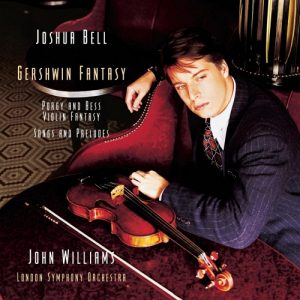
The woody resonance of Joshua Bell's violin was sublime.
Captivating Differences
The MZ/Z40 combo replays each record or digital file in its own unique fashion. But what I found most appealing about the LTA pairing was how easy the music felt / sounded: it just poured out of the speakers, full of richness and life. If the LTA gear has a sonic signature, I would call it richly captivating.
Even with rock and roll.
Reiteration
The LTA Microzotl preamp is a highly accomplished, high value, performer. It is an easy recommendation for appropriately matched equipment. The MZ's combination of tube magic coupled to a near-neutral transparency, was unwaveringly musical with every amp I had on hand.
The ZOTL40 Reference is a wonderful amplifier that never ceased to impress me. It worked very well with my two alternative linestage choices. The Z40's quiet, low maintenance, tube circuitry, coupled with enough power to drive many types of loudspeakers, are sound reasons to audition it.
Together these two finely-crafted Linear Tube Audio components make a compelling musical statement: quiet, long lived, and hiccup-free tube audio of high-minded design, and execution. Forgetting for a moment the technical prowess these two audio components possess: in this reviewer's opinion, it is their ability to render squiggly vinyl grooves and digital bits into beautiful music that is their finest attribute.
ZOTL40 Reference Amplifier
Retail: $6800 USD MSRP
MicroZOTL Preamplifier
Retail: $4450 USD MSRP (Balanced input option is available for an additional $300 USD)
Linear Tube Audio
7316 Carroll Ave.
Takoma Park, MD, 20912
301.448.1534
Images courtesy of Linear Tube Audio or Gary L Beard




